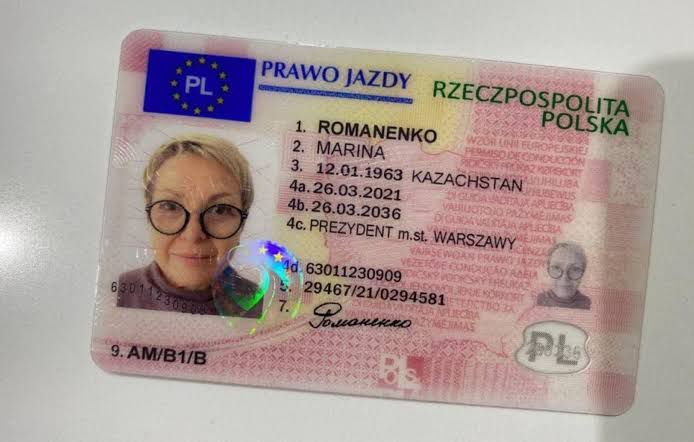Driving License Learning Online: A Comprehensive Guide
In today's busy world, the necessity of having a driving license can not be ignored. The age of digitalization has transformed the method people can prepare for their driving tests. Online learning platforms now use a hassle-free and effective means of obtaining important knowledge and skills needed to pass the driving test. check out this site will look into the various elements of driving license learning online, including its advantages, how it works, and what to expect.
The Evolution of Driving License Education
Generally, obtaining a driving license included attending physical classroom sessions together with behind-the-wheel training. Trainees had to manage traveling to classes and acquiring practical experience, which could be both lengthy and difficult. However, the intro of online learning has actually reinvented this process, making it more available and versatile.
Advantages of Learning to Drive Online
Learning to drive online offers numerous benefits, consisting of:
- Flexibility: Learners can prepare for their tests at their own pace and benefit, without the stiff scheduling generally connected with conventional classes.
- Cost-Effectiveness: Online courses typically come at a lower cost compared to in-person guideline, making it an attractive option for lots of.
- Access to Resources: Comprehensive online courses typically consist of simulations, quizzes, and instructional videos that enrich the learning experience.
- Upgraded Information: Online products are often upgraded more frequently, guaranteeing learners receive the most current info on traffic laws and regulations.
- Self-Paced Learning: Students can review sections they discover tough and progress through the material as they master each subject.
How Online Driving Education Works
A lot of online driving courses are structured to offer a detailed learning experience. Below are the common components of an online driving course:
1. Enroll in a Course
- Students select an online driving school that matches their needs and register for a course.
2. Gain Access To Study Materials
- Upon enrollment, learners get to a portal consisting of research study products, including multimedia material, practice tests, and resources on state-specific traffic laws.
3. Research Study and Complete Instructional Modules
- Courses are broken down into modules that learners should finish. Many platforms offer video lectures, interactive quizzes, and reading materials.
4. Take Practice Tests
- Most online learning platforms provide chances to take practice tests, simulating the actual written driving test. This assists trainees determine their preparedness for the genuine exam.
5. Behind-the-Wheel Training
- While online courses focus on theoretical knowledge, trainees will still require practical driving practice. Many platforms suggest partnering with a skilled driver or enrolling in a local driving school for hands-on training.
6. Schedule the Driving Exam
- Once trainees feel great in their knowledge and abilities, they can arrange a consultation for the composed and driving tests with their local automobile department.
Table: Comparison of Online vs. Traditional Driving Learning
| Feature | Online Driving Courses | Standard Driving Schools |
|---|---|---|
| Versatility | High (study at own speed) | Limited (set class schedule) |
| Cost | Generally lower | Normally higher |
| Learning Format | Self-directed multimedia | Instructor-led lectures |
| Study Materials | Upgraded regularly | Might not reflect the most recent laws |
| Behind-the-Wheel Guidance | Needs external plans | Included in the bundle |
What to Expect from Online Driving Courses
While each online driving course might differ, learners can usually anticipate the following:
- Comprehensive Curriculum: Courses cover necessary topics such as traffic laws, roadway signs, safe driving practices, and protective driving strategies.
- Interactive Learning: Many online courses execute gamification techniques to make learning fun and engaging.
- Assistance: A trustworthy online driving school ought to offer access to trainers by means of email, chat, or phone for extra assistance.
Frequently Asked Questions (FAQs)
1. Is online driving education recognized by all states?
While many states accept online driving courses for the written portion of the exam, policies might differ when it comes to the behind-the-wheel training. It is vital for students to confirm their state's specific requirements.
2. Can I find out to drive without a physical class?
Yes, you can complete the theoretical portion of driving education completely online; however, practical driving lessons with a knowledgeable adult or a licensed trainer are essential.
3. Are online driving tests the very same as in-person tests?
The format of online practice tests frequently resembles the real tests, however they may not always correspond the state-specific driving exams. Nevertheless, they serve to familiarize learners with the test structure and content.
4. Is online driving education suitable for any age groups?
Yes, online driving education is available and advantageous for learners of all ages, whether young grownups getting ready for their first driving test or older adults looking for to revitalize their skills.
5. What occurs if I fail the online practice tests?
Stopping working a practice test is common and shouldn't prevent learners. The majority of online courses enable limitless efforts to retake quizzes and tests up until a passing grade is achieved.
Learning to drive online provides a viable choice for lots of individuals seeking to acquire their driving license in a versatile and affordable way. With the development of online education, people can now get ready for their driving tests with ease and self-confidence. As students navigate this self-paced journey, they can take advantage of detailed resources, engaging material, and the benefit of handling their own schedules. Eventually, whether picking online education or a conventional approach, the key remains the dedication to safe driving practices and compliance with local policies.

